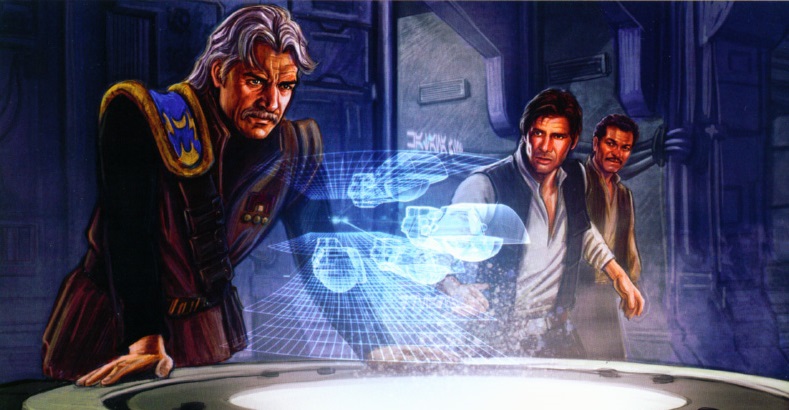One of the cleverest, most self-referential character arcs in the original Star Wars trilogy is C-3PO’s ability as a storyteller. In the first movie he claims to be “not very good at telling stories,” but in the final film he recounts the heroes’ adventures to the Ewok village with a delightful blend of humanlike charisma and droidlike sound effects. Either modesty or a lack of confidence was holding our anxious droid back, and as masks fall, it turns out that Threepio can make stories interesting (to everyone except Han, anyway). Vader is actually Anakin; lightsabers are actually useless; and Threepio is actually very good at telling stories.
But what if he isn’t?
Mistress Mnemos is a room-size supercomputer whose mission is to store all the Rebel Alliance’s data, whether entertaining or not. She debuted in Russ Manning’s newspaper comic strips in 1979, and has never even been referenced since. This in spite of her incredible potential as comic relief, femme and non-humanoid droid representation, and commentary on the nature of storytelling itself. As she is built into the walls of a secret Rebel stronghold and literally plugged into the story’s narrator, Mnemos is the platonic ideal of a captive audience.
As brilliant as she was back then, I think Mnemos could serve an even more important role now. She protests Threepio’s excessive, self-centered tangents — “My banks are overflowing with trivia as it is!” — and that was in 1979, decades before “Star Wars trivia” was the subject of board games, parties, and masters’ theses.
Even her name has aged in a fantastically relevant way: the prefix “mnemo-” means “memory,” one of the most vital themes for a franchise so rooted in nostalgia, so backwards- and inwards-looking, with even its freshest new stories haunted (and frequently visited) by the ghosts of the Expanded Universe. Every spinoff of the original trilogy must contend with its audience’s presumed memories, and that presumption often bleeds into the stories’ themes and the struggles of their characters: Revan’s amnesia, Anakin’s dreams, Yoda’s burnt library. As the audience, we remember the story, while the characters can forget, or try to stop it, or need to move on. But Mnemos must remember, too, no matter how unhappy it makes her.
Read More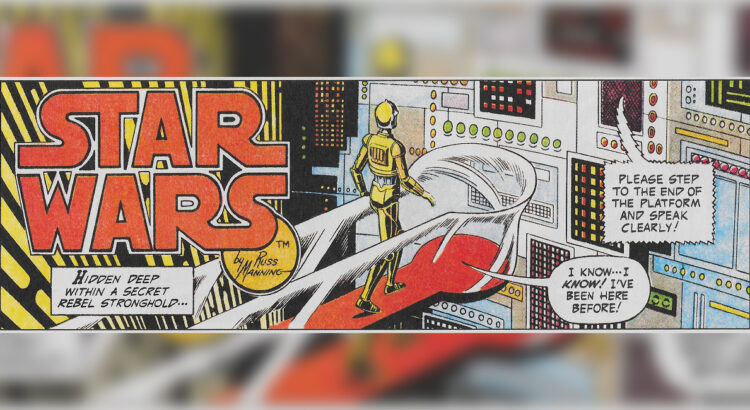
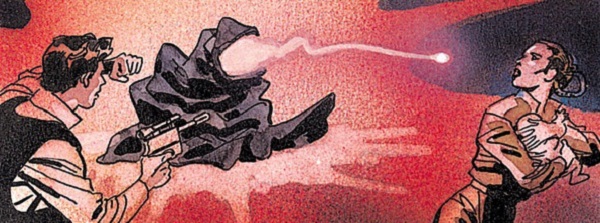
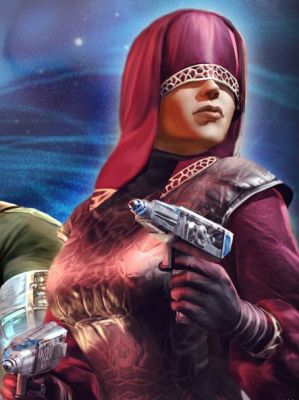 For most of season two of Star Wars Rebels, it was hard to miss the signs that things were building towards an explosive conclusion. Not only was it explosive, but the season two finale shook things up in a major way. What looks (no pun intended) to be the biggest game changer is Kanan being permanently blinded after his duel with Maul. Granted, it’s entirely possible this injury will be fixed by next season (after all, medical technology in the Star Wars universe is capable of some pretty amazing things) but I’m hoping that it stays permanent. For one,
For most of season two of Star Wars Rebels, it was hard to miss the signs that things were building towards an explosive conclusion. Not only was it explosive, but the season two finale shook things up in a major way. What looks (no pun intended) to be the biggest game changer is Kanan being permanently blinded after his duel with Maul. Granted, it’s entirely possible this injury will be fixed by next season (after all, medical technology in the Star Wars universe is capable of some pretty amazing things) but I’m hoping that it stays permanent. For one, 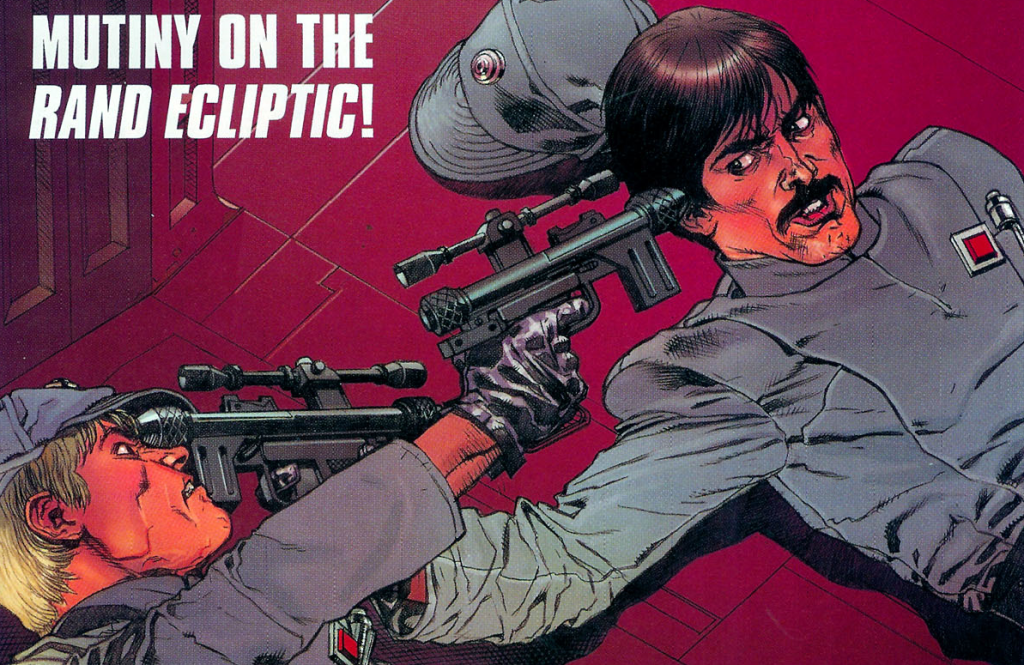 Moral relativity is hard to do in Star Wars, because it’s a tale of good versus evil. However, sophisticated storytelling expects that things are rarely black and white. Add in the influence of fans, and it’s not surprising that villains end up being quite popular in Star Wars. The Galactic Empire is probably one of the most popular villains in fiction, and so it’s easy to see why there’s an interest in presenting the Empire as a little more nuanced than purely evil. This always runs the risk of whitewashing Imperial atrocities, or presenting the “good Imperial” – the person who is certainly not a Rebel, but also not a bad person. We’re personally always suspect of the idea of the “good Imperial,” because while we very much enjoy reading about Imperials we also don’t want to sacrifice the theming of the Star Wars saga.
Moral relativity is hard to do in Star Wars, because it’s a tale of good versus evil. However, sophisticated storytelling expects that things are rarely black and white. Add in the influence of fans, and it’s not surprising that villains end up being quite popular in Star Wars. The Galactic Empire is probably one of the most popular villains in fiction, and so it’s easy to see why there’s an interest in presenting the Empire as a little more nuanced than purely evil. This always runs the risk of whitewashing Imperial atrocities, or presenting the “good Imperial” – the person who is certainly not a Rebel, but also not a bad person. We’re personally always suspect of the idea of the “good Imperial,” because while we very much enjoy reading about Imperials we also don’t want to sacrifice the theming of the Star Wars saga.